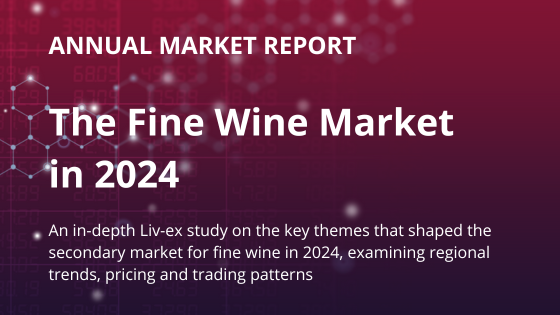Much has been written about what makes a bottle of wine expensive, particularly from a consumer standpoint. In the world of investments too, the value of assets has been a commonly explored topic. It often makes headlines when fine wine outperforms equities – like in the current climate, when high-end wines are proving robust amid the turmoil caused by the Covid-19 pandemic.
There is a long list of factors that influence the price of wine and, in some cases, make it investment-worthy: current market strength, the region, the popularity of the producer, critic scores, the general appeal of the vintage, scarcity, age, history, branding and more. For example, higher critic scores often mean higher prices, older wines and top vintages, especially from certain regions, can come at a premium, stronger market can boost wines’ prices, while softer market conditions can temporarily lead to lower value.
But there are also reasons why two bottles of the same wine might hold different values. Most commonly, these relate to its condition. Is the bottle in perfect condition, and is it in its original wooden case? Value can additionally be affected by tax status. Have local taxes been paid, or is the wine stored in bond?
The Lafite Rothschild 2006 chart below shows auction prices in green. As you can see, they can vary enormously. We have no way of knowing why, on the same day, one case of Lafite 2006 sold for £5,079 and another for £6,877, but it is likely due to differences in their conditions.

Today, wine professionals and private collectors have several options when it comes to valuing their portfolios accurately, efficiently, and even automatically. Some of these include detailed online searching, list matching tools, cellar management tools and one-off professional valuations.
Our special report, How to value fine wine, explored these solutions and more. You can download it by filling the form below.





